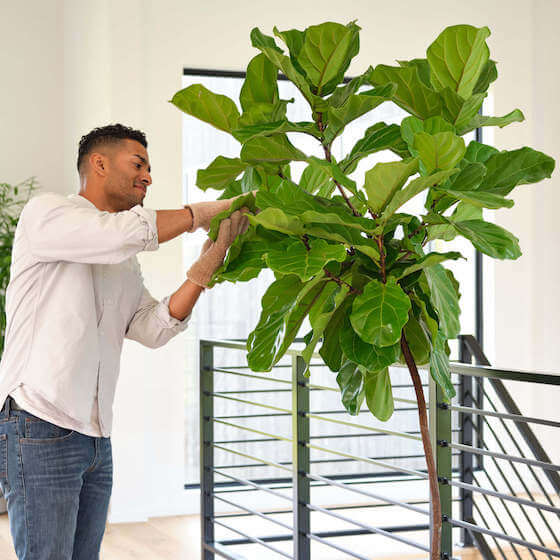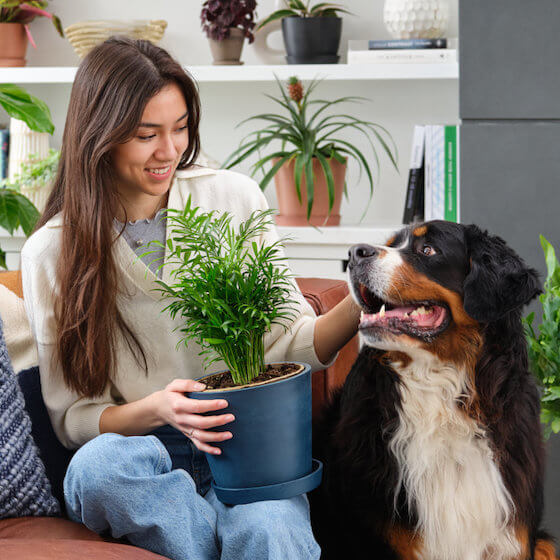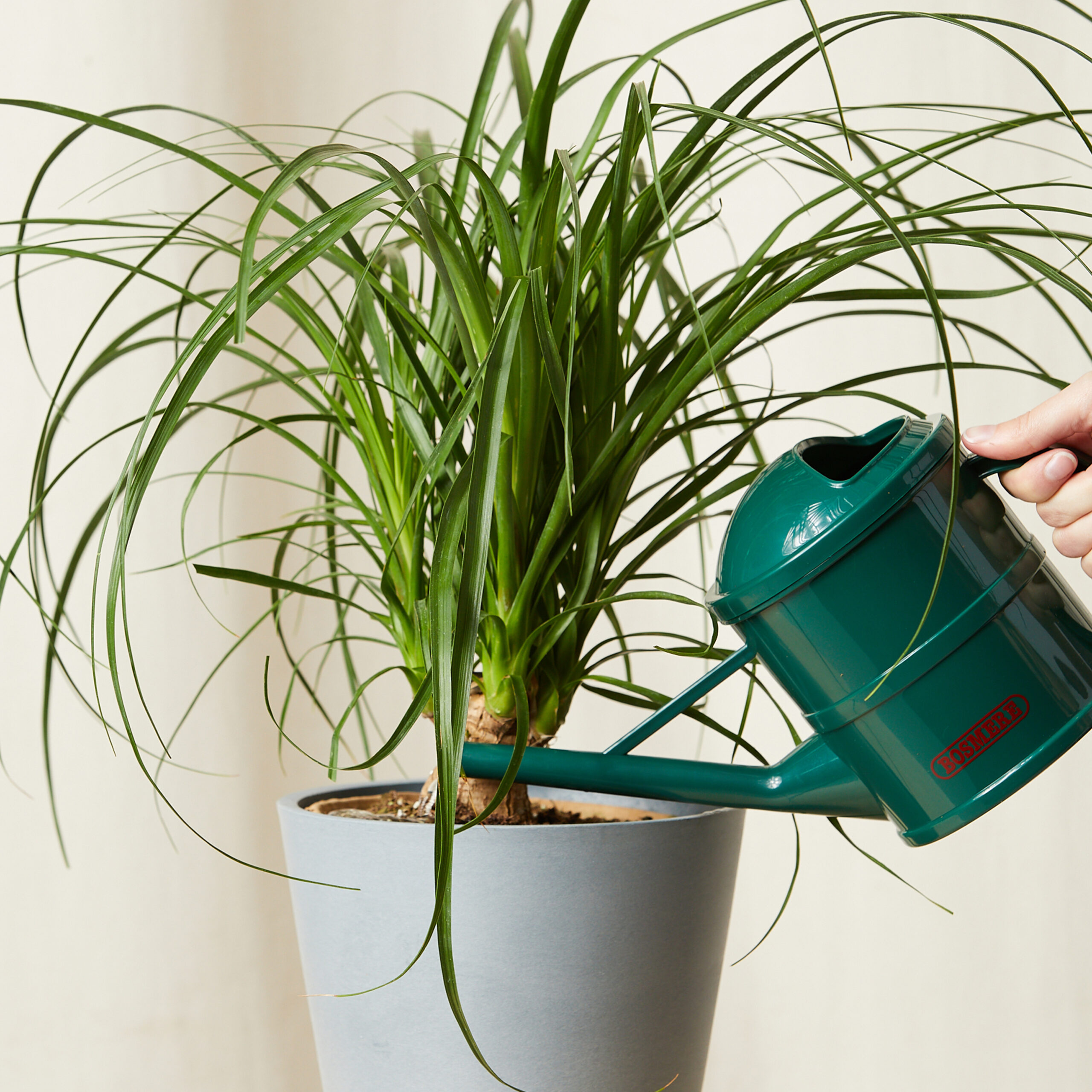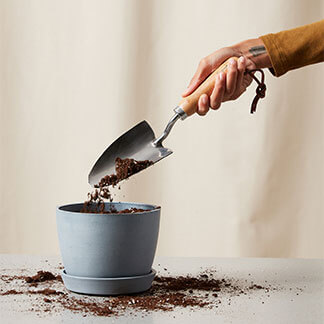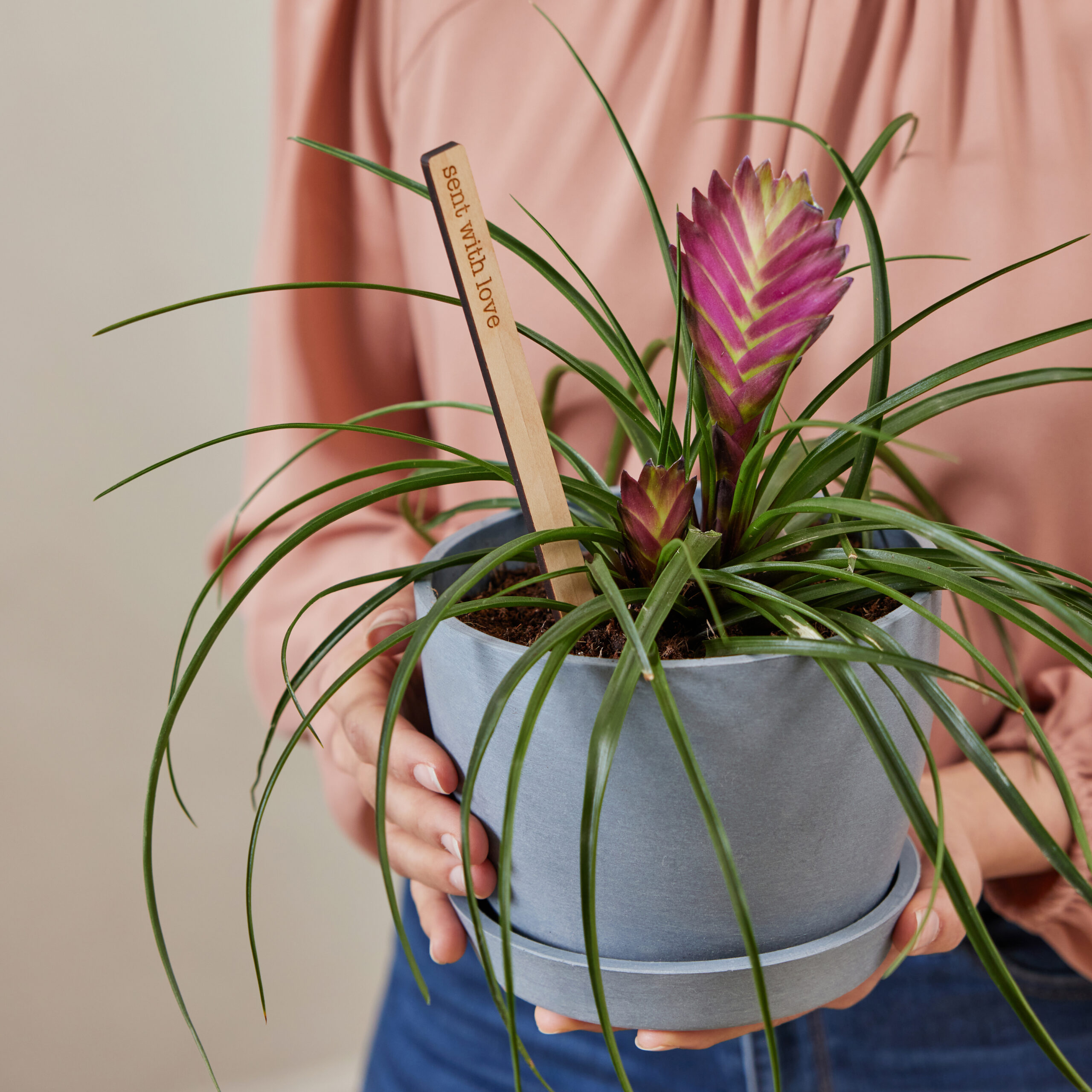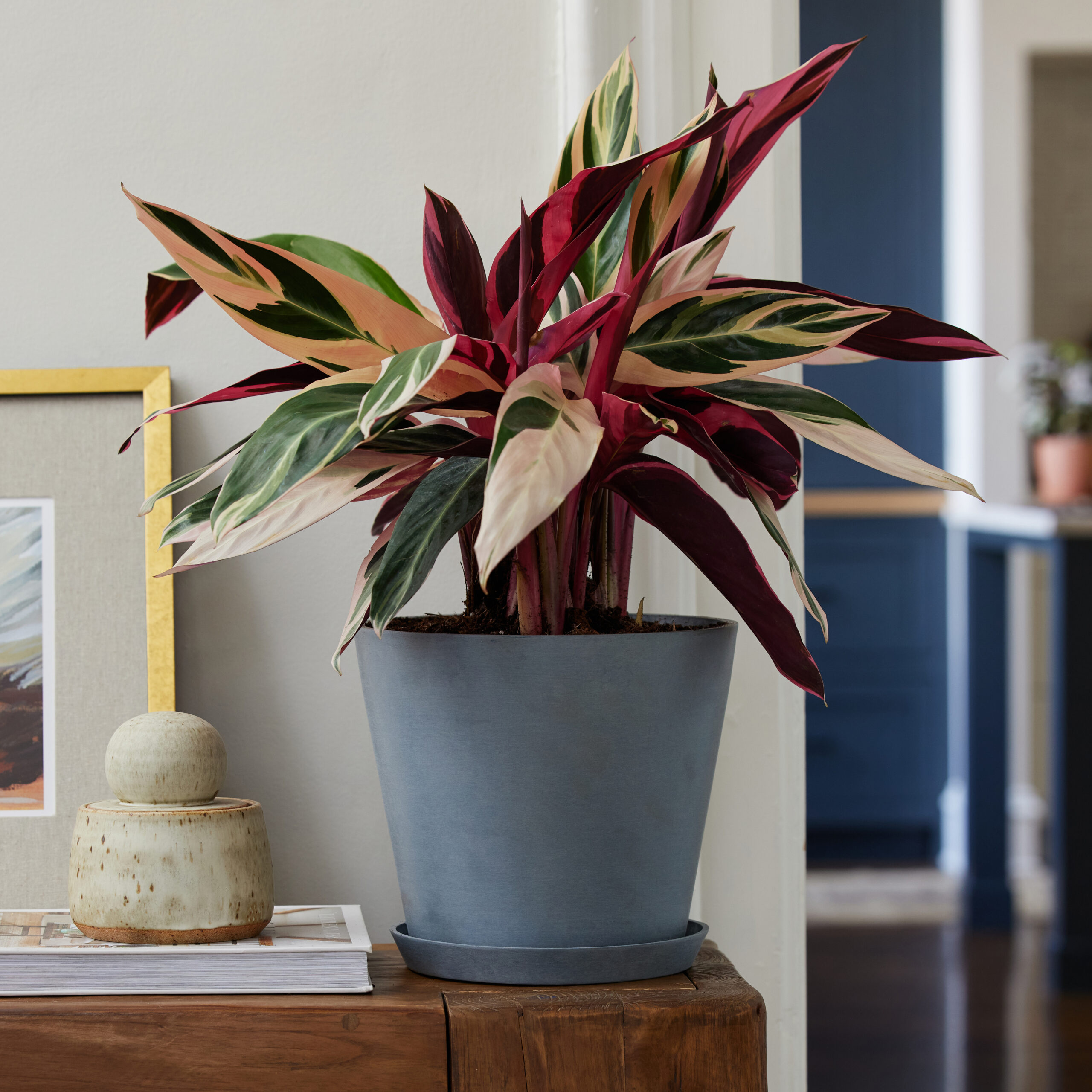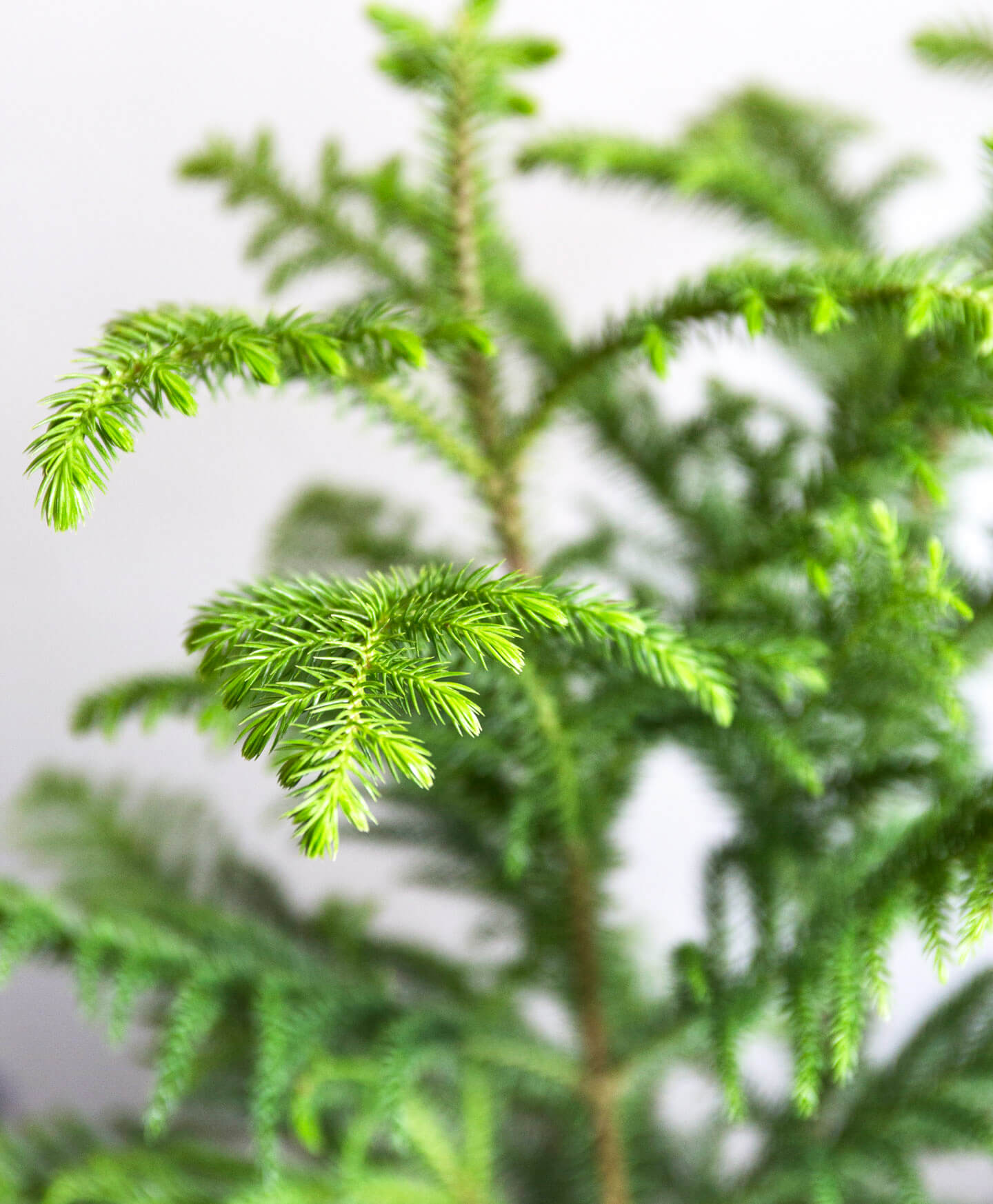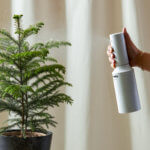First, let’s clean up your plant. This allows the plant to direct its energy to new healthy growth.
- Remove the entire brown branch (they will not turn green again) or the affected portion with a pair of sharp scissors or pruning shears.
- Wipe the blades of your scissors with rubbing alcohol between each snip.
- You may need to trim your plant in stages because you never want to remove more than 30% of the affected leaves at one time–this could shock your plant.
While you’re trimming, inspect the branches to see if there are any tiny black like speck-like fungi. Another thing to look for is mites. They hide well among the needles, so the best way to see if mites or bugs are present is to shake the branches of your Norfolk Pine over a white piece of paper and see if any critters fall and are collected on the paper. If you do discover pests, spray your plant with an insecticidal soap. Spray all plant surfaces thoroughly, including undersides of leaves. The spray must contact the pests. Repeat weekly or biweekly, as needed, to eliminate needle-browning mites. Wear gloves and protective clothing, following label safety precautions.
Overwatering and underwatering
Too much soil moisture causes foliage to yellow and then brown, but severe dryness may brown your Norfolk quickly.
Check the soil by hand, a few inches below the surface. Soil should be moist and cool–neither wet nor completely dry. Water your Norfolk Pine until the entire root area is moist. Let water run through the drainage hole into the saucer, taking care to empty excess water that has accumulated. Allow 25% of the soil volume to dry before watering again.
If the soil is extremely dry all the way through the pot, a good soak is in order. If you are able to carry your plant to a sink or tub, fill it up with about 3-4″ of water. Place your Norfolk Pine in the basin (without the saucer) and allow it to soak up water through the drainage hole in the bottom of the pot for at least 45 min. Feel the top of the soil after your plant has been soaking–has the water reached the top 2-3” of soil? If not, water slightly from the top of the soil to help speed up the saturation. When your plant’s soil is adequately saturated, drain the sink/tub and allow the plant to rest while the soil drains thoroughly.
Boost the Humidity
Adequate humidity is vital in keeping your plants lush and healthy. Brown and crispy branches on your Norfolk Pine could mean your plant may be craving more moisture. Mist your Norfolk often. This will raise the humidity around the plant, though the effect is temporary. For a more lasting solution, use a pebble tray or humidifier.
